ONE STANDARD STATEROOM AVAILABLE
Join us for an Amazing Photo Excursion
Diving the Socorro Islands Aboard the Solmar V
March 31-April 8, 2026
9 days/8 nights + one optional night in Cabo prior to departure
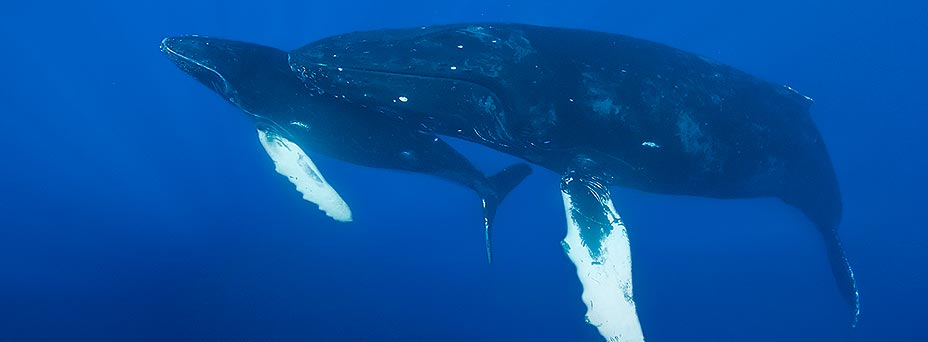
One of the most amazing trips I've done on the Solmar V to Socorro was April 2011, when humpback whales were migrating. A mother humpback brought her baby to the boat while we were at Roca Partida, just like she did five years earlier, and five years before that. We snorkeled with them for hours until our lips were so puckered up from the salt water that we could hardly smile. The whole trip was that amazing!
This is 15 years from that encounter! I hope you will join us for another magical trip!
Single: $3899 (sold out)
Superior: $3699 per person (sold out)
Standard: $3499 per person (1 spot available for a female to share with another female)
Does not include 16% VAT tax, marine park fees*, tips, airfare, hotel, and the usual things that aren't included.
$1000 deposit to hold your spot. 25% due in 9 1/2, 6 1/2, and 3 1/2 months prior to departure.
*The marine park fees have gone up dramatically in the past years ($192 per dive day, per diver), but if you are retired and can get a letter claiming this, the fees are reduced. Retired people, teachers, or students can apply to CONANP through the Solmar V legal department for a discount (100% for retirees and 75% for students and teachers). Mexicans and residents can request a 50% discount.
Price includes:
- 8 nights aboard the Solmar V
- 5 full days of diving
- All meals while on board
- Photography assistance and instruction
- All beverages
|
|
Does not include:
- RT airport transfer
- 16% Mexican taxes
- Air fare
- Marine Park Fees
- Crew gratuity
- Extra nights in Cabo
- Camera rentals
- Mandatory trip insurance
- Pre or post trip shenanigans at Cabo Wabo and/or El Squid Roe
- Bail bonds
|
Have you ever been face-to-face with a giant Pacific manta ray? Would you like to twirl with a dolphin? Have you ever heard the song of a whale?
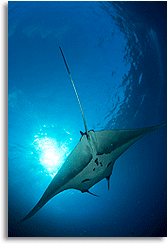 Any one of these is a life-changing experience. To be able to find all three and more in one dive trip is even more amazing! That's why Socorro is often called the "Mexican Galapagos". March is the time of year when humpback whales migrate through this area. We'll see whale tails and breaches all day long and will hear their song underwater. If we get really lucky, we may even have an underwater encounter!
Any one of these is a life-changing experience. To be able to find all three and more in one dive trip is even more amazing! That's why Socorro is often called the "Mexican Galapagos". March is the time of year when humpback whales migrate through this area. We'll see whale tails and breaches all day long and will hear their song underwater. If we get really lucky, we may even have an underwater encounter!
Join us for a magical trip aboard the 112' luxury live-aboard Solmar V. This vessel has been visiting the Socorro Islands for over 20 years and has more experience there than any other live-aboard. She's a gorgeous vessel with warm mahogany decor accented with etched glass and brass. There are 12 staterooms on board that can accommodate up to 22 divers. The cabins on this boat are small, but there's plenty of storage area. Each cabin has its own ensuite head and shower.
The food on the Solmar V is really good and plentiful! Each morning we'll be served a hot breakfast made to order. Of course they have coffee, tea, cereals and fruit for the early risers. Both Lunch and dinner are a sit-down three course meal. If we find any particular dive area especially active, they'll keep the dive deck open and serve up a simpler lunch, such as tacos or sandwiches, so we can eat quick and get back in the water. There is also plenty of snacking between meals too. On top of this, We'll will put in our order for extra chocolate for our charter and Margaritas for happy hour!
DETAILED ITINERARY - Don't read this if you don't want to get sucked in!
|
We will fly into Cabo San Lucas the day before the boat leaves port (March 30, 2026). It is possible to fly in the same day, but it's not recommended. If you missed a flight or lose your luggage, you would have no time to recover. That evening we'll stay in Cabo San Lucas. You'll have some time to tour around Cabo, do some shopping or take in some of the other activites. On the 31st we'll board the Solmar V around 2:00 in the afternoon.
Be sure to bring your C-card and NITROX card if you plan to dive NITROX. We'll get settled in, complete the trip paperwork, have some great snacks and Margaritas. The boat leaves the port around 3:30-4:00. Have your camera ready because we'll cruise right past El Arco for some good photo opportunities.
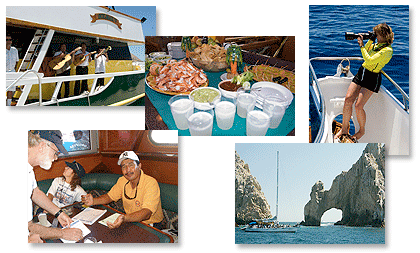
The trip to Socorro is about a 22 hour steam from the time we leave port, but the time goes quite fast on the way out. After happy hour margaritas and a sumptuous dinner we settle in for the night. The next morning we enjoy a late breakfast, have plenty of time to get our dive gear and camera put together, get to know the other passengers, get the boat and dive briefings out of the way, and maybe watch a movie if there's time. Of course there are way too many interruptions by the breeching whales we pass, the dolphins that ride the bow of the boat and the gorgeous sunset. The first island we'll reach is San Benedicto around 4:00pm the next day.
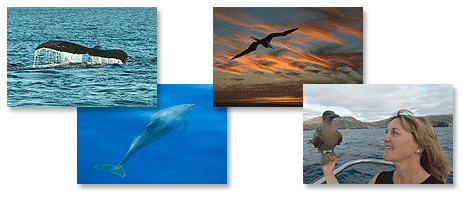
The next day is when the real diving begins. We typically visit The Boiler first. This is a pinnacle that rises to about 30' from the surface and drops down to 160'. The giant manta rays come here to be cleaned by the Clarion angelfish. Seems like the mantas thing us divers are a bunch of big cleaner fish too, since they come right to us. We've also seen large schools of jacks being bombarded by feeding dolphins. This is also were on a past trip we've come face to face with a humpback whale. Sorry, but I was do dumfounded I didn't get any good pictures!
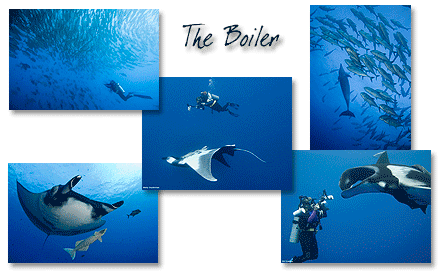
Center photo by Marty Snyderman, bottom right photo by Bill Downey
Depending on the manta activity, weather, and wind we may also visit The Canyon on the other side of the island. This is a shallower area where mantas and dolphins are commonly seen. On the wall side the rocky slope is full of eels, octopus and cleaner fish. The wall attracts Galapagos sharks, black tips, silver tips, silky sharks and hammerheads. We've seen dolphins here several times in past trips too! Near the shoreline I found a huge old anchor that was so encrused with coral it was hardly recognizable.
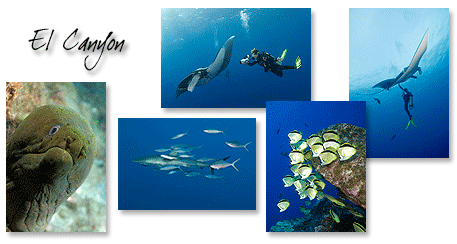
The next stop is either Roca Partida or Socorro Island depending on weather and animal activity.
Roca Partida is a tiny pinnacle in the middle of nowhere that rises about 105' out of the water. Its about as long as a football field and is frosted with a thick layer of quano. Smells horrible, but underwater the steep wall of the rock drops down to the bottom at about 260'. Roca is a magnet to marine life. Here we commonly see mantas, white tip sharks, large schools of jacks and tuna, silver tips, Galapagos shark, dolphins and sometimes even whalesharks. Its possible to swim around this rock at least once during one dive. Inside the rock there are caves and crevases full of lobster, eels, cleaner fish and more. It is here that we are most likely to get close to schooling hammerheads also. On past trips the passengers voted to spend several days at Roca, but we always keep our options open to go where we'll find the best diving.
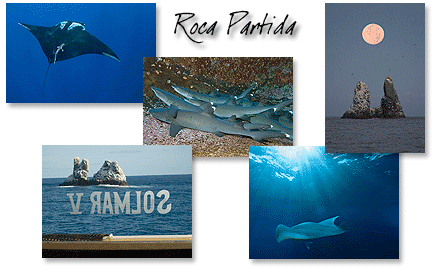
Our last island is Socorro Island. Here we'll stop by the Mexican Navy Station to clear customs around breakfast time, then move the boat to The Aquarium or to Cabo Pearce, where we have been greeted by many dolphins both on the surface and underwater. On one trip several years ago, we dived with dolphins for the entire dive.
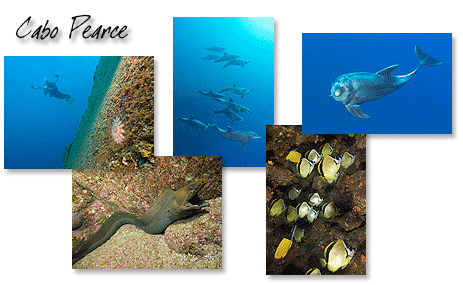
After our amazing trip we head back to Cabo San Lucas to arrive the evening of April 7. We usually have enough time to go into town to play. Dinner is served on the boat for those who want to stay, or guests can go into town on their own. The food is so good on the boat, guests usually stay onboard. The last night is spent on the boat while she sits at the dock and passengers disembark early the next morning, right after breakfast. If your flight out isn't until later, we'll arrange a day room at a local resort to hang out. Transports will take you back to the airport for your trip home. :(
|
DIVING REQUIREMENTS: Diving here is not for beginners. California divers do quite well because the water is warmer and clearer than what we're used to, but before you decide to join this trip you need to ask yourself the following questions:
- Are you comfortable diving to 100+ feet in at least a 5mm wetsuit and the appropriate weight?
- Are you comfortable diving in bottomless water? This means you have the skills to control your depth and buoyancy at all times, even when you're distracted by pesky dolphins, mantas and sharks.
- Will you make the right decisions in the event of an emergency?
- Are you comfortable diving in a current or surge? Current can pick up at some of the dive sites.
- If you are afraid of sharks, dolphins, mantas or whales we recommend you stay home, because here you're going to get really, really close to them!
Socorro is about 22 hours away from reality, so if you screw up, the whole boat suffers the consequences. We don't want do discourage you. We just want to make sure that you are comforable enough with your skills to fully enjoy what this amazing destination has to offer.
If you don't consider your buoyancy to be exceptional you should think about leaving your camera behind. Your safety is most important and we need models.
Because the dive, eat, sleep schedule on live-aboards is already really intense. I will offer one presentation about how to photograph mantas on the way out and will be available to assist through the entire trip. I'll also be offering optional Photoshop mini-sessions with those who are interested in learning the best way to process blue water images. There is a nice wide screen TV in the lounge of the Solmar V that I can hook my laptop to, so this makes it possible for several people to join in on these sessions. I have many other presentations available about topics such as photo composition, digital workflow, image size & resolution, and file formats. Let me know what you need and we'll tailor the schedule for you.

Camera Recommendations - Bring a still or video camera with a wide-angle or fisheye lens. The mantas are big and they do get very close IF you don't chase them. At least one external strobe is recommended. Two would be even better. There are some macro opportunities, but you know that as soon as you put that macro lens on, the big animals will show up. If you need help getting your camera set up for this trip, please contact me ahead of time.
Of course you may just want to come to enjoy the experience also and leave your camera at home. That's OK too!
The hassle of bringing your camera into San Jose del Cabo!
If you're in CA we will drive to Tijuana and take a domestic flight into San Jose del Cabo so we can avoid the whole housing tax bullshit. We can park in the covered parking at the TJ airport and the cost is about $200. If you don't have a Sentri card, apply now. Getting back across the border only take minutes with a Sentri card (hours without it)
If you are flying in from the US and have a big new housing: DO NOT pack in a Pelican case. That is a huge red flag and will get you pulled aside regardless what the green light tells you. I have many other suggestions that WILL dramatically reduce your chances of getting flagged by customs to pay this tax IF you listen to me. For those concerned, please contact me.
For more information or to sign up contact Bonnie
Please remember that this area is very remote. Mother Nature has the final say about where we go and what we see. Visibility, water temperatures, currents, surface conditions can change quickly and as the organizers of this trip we have no control over this. These animals are wild and are in their own habitat. Big animal encounters are totally random and are at the choice of the animal.
*It takes one full day to get there and one full day to get back from Cabo. The boat leaves around 3:00 on day 1 and arrives back around 6:00 p.m. on day 8. You'll depart the boat the morning of day 9. Do not book a return flight before the morning of day 9.



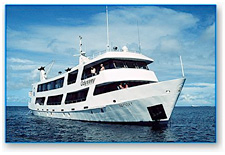 WITH OPTIONAL EXTENDED STAY AT THE TRUK STOP HOTEL
WITH OPTIONAL EXTENDED STAY AT THE TRUK STOP HOTEL







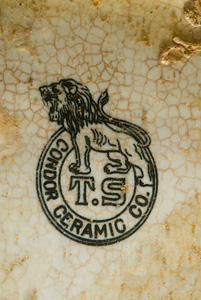





















 Have you ever been face-to-face with a giant Pacific manta ray? Would you like to twirl with a dolphin? Have you ever heard the song of a whale?
Have you ever been face-to-face with a giant Pacific manta ray? Would you like to twirl with a dolphin? Have you ever heard the song of a whale?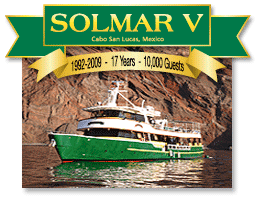 Join us for a magical trip aboard the 112' luxury live-aboard Solmar V. This vessel has been visiting the Socorro Islands for over 20 years and has more experience there than any other live-aboard. She's a gorgeous vessel with warm mahogany decor accented with etched glass and brass. There are 12 staterooms on board that can accommodate up to 22 divers. The cabins on this boat are small, but there's plenty of storage area. Each cabin has its own ensuite head and shower.
Join us for a magical trip aboard the 112' luxury live-aboard Solmar V. This vessel has been visiting the Socorro Islands for over 20 years and has more experience there than any other live-aboard. She's a gorgeous vessel with warm mahogany decor accented with etched glass and brass. There are 12 staterooms on board that can accommodate up to 22 divers. The cabins on this boat are small, but there's plenty of storage area. Each cabin has its own ensuite head and shower.

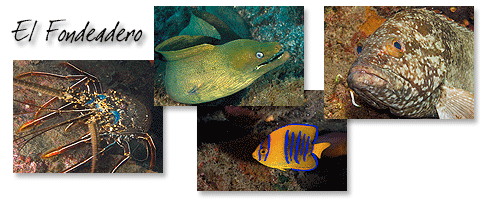





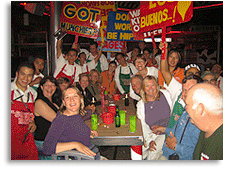 Does not include:
Does not include: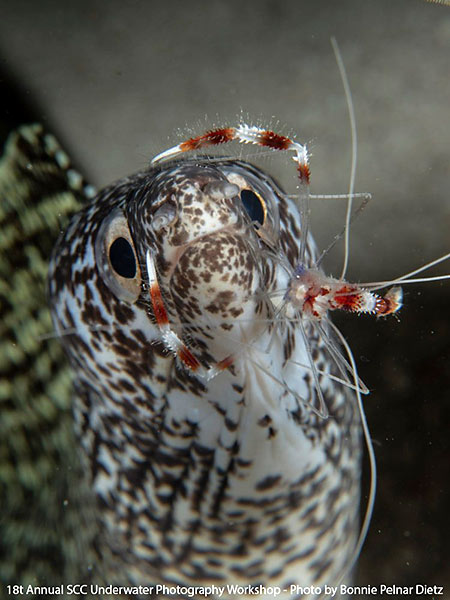 This workshop is designed for the underwater photographer who wants to take better pictures. No camera is too big or too small and all skill levels are invited.
This workshop is designed for the underwater photographer who wants to take better pictures. No camera is too big or too small and all skill levels are invited. 